An Ecofeminist Reading Of Margaret Atwood’s Work
For as long as I have read Atwood’s works, her identity as a feminist writer has remained ensconced within the paradigm of dystopia, oppression and women’s rights. As an ardent admirer of Atwood’s prose and poetry, I was taken aback when I realised that I had a very unidimensional view of her literary work. While she is best known for being a feminist writer, Atwood also considers herself an environmental activist, and a large portion of her fiction, non-fiction and poetry have had some elements of, or were spun keeping the environment, nature and climate change at the centre.
On a cursory reading, it may seem as if Atwood’s immensely acclaimed work does not explicitly mention environmental crises; however, a more careful reading shows that they highlight undeniable connections between women’s rights and environmental justice. In fact, Atwood’s works often reflect a deep connection between an erosion of the climate with the erosion of women’s rights.
On a cursory reading, it may seem as if Atwood’s immensely acclaimed work does not explicitly mention environmental crises; however, a more careful reading shows that they highlight undeniable connections between women’s rights and environmental justice. In fact, Atwood’s works often reflect a deep connection between an erosion of the climate with the erosion of women’s rights.
The Female Body As Landscape And Nature
A plethora of Atwood’s work, especially her poetry, seems significantly tied to ecofeminism, which is a brand of feminism that draws on the concept of gender to investigate the relationships between human beings and the natural world. While the term was introduced by feminist Francoise d’Eaubonne in 1974, Mary Mellor, an ecofeminist and academic, defines the concept as “… a movement that sees a connection between the exploitation and degradation of the natural world, and the subordination and oppression of women”.At the outset, it is impossible to understand whether Atwood wrote her poetry with an ecofeminist agenda – there is no essay or documentation of this rationale. And yet, the reader cannot help but see environment, nature and climate action as motifs within her poetic works. Atwood’s childhood as the daughter of an entomologist, and living deep within the backwoods of northern Quebec may also explain the imagery of nature within her poetry.
In the poem, ‘She Considers Evading Him’, Atwood compares women’s identities to nature – their flexibility and malleability in a patriarchal world, where both women and nature have to alter themselves in order to be acceptable to men. It also speaks to women and nature alike occupying inflexible space in the world where they “could grow bark and become a shrub, or switch back in time.” This changing identity, she says, “would be inconvenient but final.”
In Surfacing, the famous lines “I am not an animal or a tree, I am the thing in which the trees and animals move and grow, I am a place” play out as the nameless protagonist’s search for her father, and also the search for her inner-self, and is indicated through her gradual submersion into nature. Atwood unearths the strange connection between the natural world and the feminine vision, as the protagonist is able to bridge the gap between the artificial construct of herself and her true self when she encounters nature. In doing so, the protagonist raises her consciousness of the victimisation of women. The language, characters as well as the trajectory of the novel reflect a world very true to our own – one that oppresses nature and femininity.
Atwood’s celebrated poem, This Is A Photograph Of Me explores the tension between an obscured, surreal reality and a factual one, that is guided by the imagery of the Canadian landscape. She writes – “It is difficult to say where/ precisely, or to say/ how large or small I am:/ the effect of water/ on light is a distortion” as she alludes to the woman in the photograph, whose identity is marred by nature, but also protected by it. In this way, Atwood’s work intertwines the environment and women – as victims but also as participants of their own emancipation – where each protects and is protected by the other.
The Politics Of Food, Bodies And The Environment
Atwood borrows heavily from Carol J Adams’ theory on the ‘absent referent’ where through a process of objectification, fragmentation and consumption through technology, language and cultural representation, a breeding ground is created for the oppression of animals (and by extension, of women). In this process, they are separated from their identities and the actualisation of their human rights. Using this theory, Atwood portrays how the objectification of women and animals often results in fragmentation – as Adams describes it “the object is severed not only from its body but its ontological meaning”.Atwood’s The Edible Woman is the story of a woman who is so oppressed by patriarchy that she is unable to consume food. The protagonist, Marian, during a meal with her fiancé begins to see the animal in her dinner – “She looked down at her own half-eaten steak and suddenly saw it as a hunk of muscle. Blood red. Part of a real cow that once moved and ate and was killed.”
Atwood also uses her brilliance to indicate the “sexual-edible continuum” in her works. Towards the end, in The Edible Woman, Marian bakes a cake in the shape of a woman – “All that work had gone into the lady and now what would happen to her? ‘You look delicious,’ she told her. ‘Very appetizing. And that’s what will happen to you; that’s what you get for being food.” Atwood has interwoven the narratives of consumerism, consumption and the woman’s body so intricately in the novel, that her protagonist ignores her absent referent and embraces her role in the world as consumable for the patriarchy. In The Year Of The Flood, Atwood twists the concept of being “on the menu” suggesting that customers at SecretBurger can have a pick of the meat or the women.
In most of her works, Atwood splices together the narratives of women and other elements of nature, such as flora and fauna, through the concept of the absent referent. Her characters and language reflect on the violence and destruction that consumerism, unbridled abuse of technology and the avarice for profit bring about on women’s bodies, their autonomy and the environment.
Erosion Of The Biosphere Equals The Erosion Of Women’s Rights
In June 2018, Atwood told the The Guardian that what is happening to the earth is not unforeseen – she said that “this isn’t climate change – it’s everything change.” In 2015, she wrote for English In Matter – “Planet Earth – the Goldilocks planet we’ve taken for granted, neither too hot or too cold, neither too wet or too dry, with fertile soils that accumulated for millennia before we started to farm them – is altering.” While this is the first time that Atwood spoke publicly about the environmental crises, she has been hiding away bits and pieces of climate struggles, environmental chaos and degradation for years within her fiction.The Handmaid’s Tale – a very formidable way to come face-to-face with dystopia – is the story about life under a futuristic, religious totalitarian state named Gilead that has taken over after the collapse of the United States, where the fertility crisis and religion’s preoccupation with women’s wombs dictates the hierarchy of the society. But what spurs this crisis is the complete breakdown of the environment – the colonies of Gilead are uninhabitable, toxic wastelands where unwanted people are sent to die. At some point in the book, we also read about the erratic weather patterns that disrupt and ruin natural crop-cycles threatening food security. In the sequel, The Testaments, we see a progressive effect of these environmental crises where unbabies (still-births and birth defects) are common and cancer in children is rising.
In Oryx And Crake, Atwood’s anxiety around environmental degradation is apparent as she reflects upon growing disparities between the rich and the poor, increasing starvation and the immense ecological damage caused by consumerism and capitalism. She also writes in her worries around the abuse of science and technology to brutally devastate the environment. In the book, we are witness to a post-apocalyptic world that we often fear – nature as we know has been destroyed and only genetically modified flora and fauna exist. The protagonist, Snowman, is the last human being left; but he has survivor’s guilt – his father contributed to the development of biotechnology that ultimately caused the extinction of the human race.
Atwood’s dystopian novels have borne witness to how environmental catastrophes give rise to undemocratic structures that impede the actualisation of women’s rights. In an article in The Guardian, she discusses her greatest fears that she attempts to fictionalise – “More extreme weather events such as droughts and floods, rising sea levels that will destroy arable land, and disruption of marine life will all result in less food. Less food will mean that women and children get less, as the remaining food supplies will be unevenly distributed, even more than they are. Climate change will also mean social unrest, which can lead to wars and civil wars and then brutal repressions and totalitarianisms. Women do badly in wars – worse than in peacetime.”
As Atwood’s literary works grapple with themes of climate change, science, gender, capitalism and politics, her characters and the realities they experience indicate to her readers that the dystopia we are so fearful of, is already a possibility. She explores the delicate chaos between the identities of women and the environment as a whole – any irreversible damage to the environment could mean a widespread change in how women live their lives. In many parts of the world, especially in the Global South, communities of women may lead struggles for conservation of nature and the sustainability of resources, but they are routinely excluded from decision-making. But it is these women who are most vulnerable to environmental degradation. Atwood’s works paint a grim picture of the future, but she also says that the future is dynamic, and our realities can change completely, if we use technology, language, privilege, and culture to protect the environment and the rights of women.
Do you think there is a connection between climate change and women’s rights? Have you read any of Atwood’s works that reflect with these themes? Share your thoughts below.

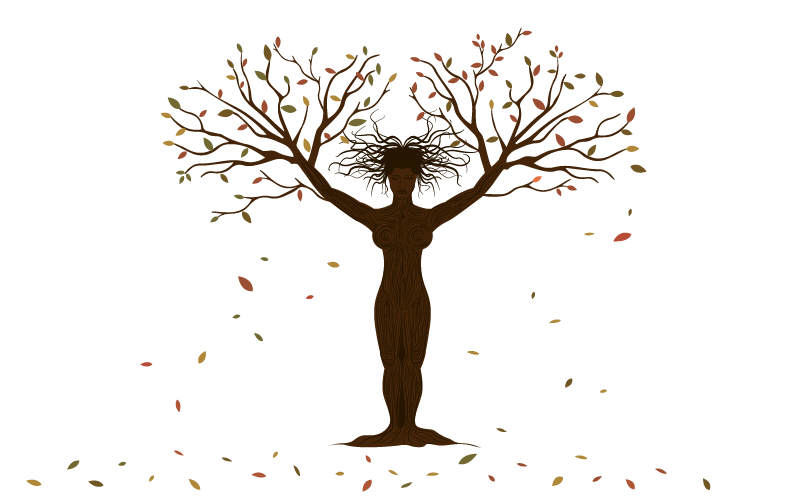
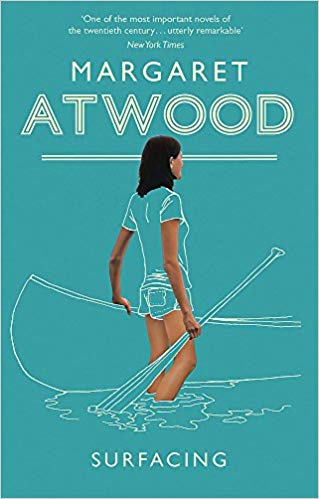
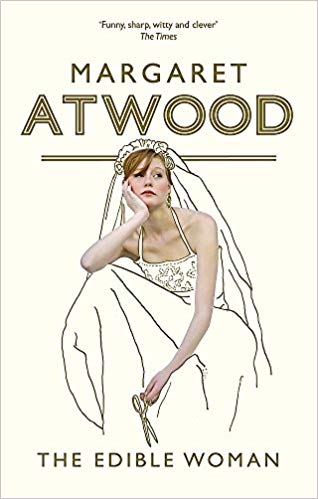
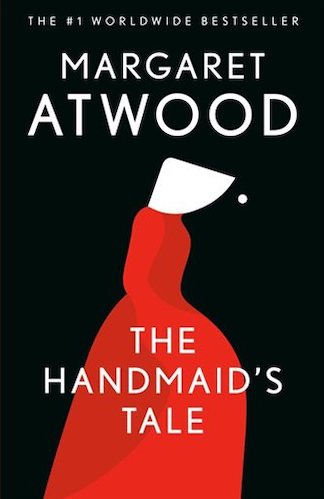
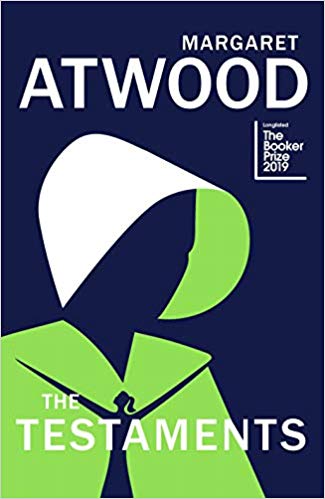

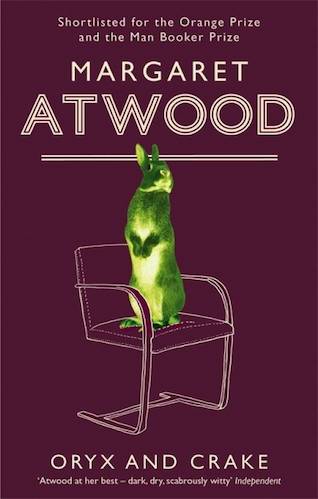
No comments:
Post a Comment